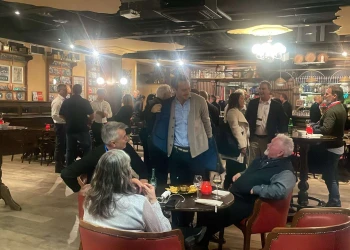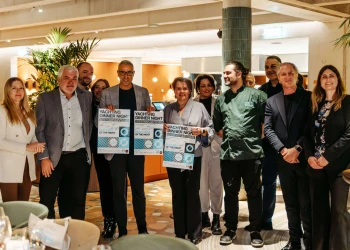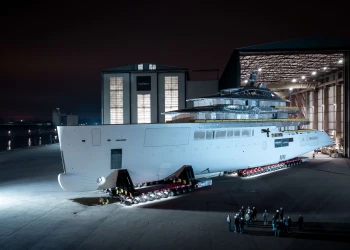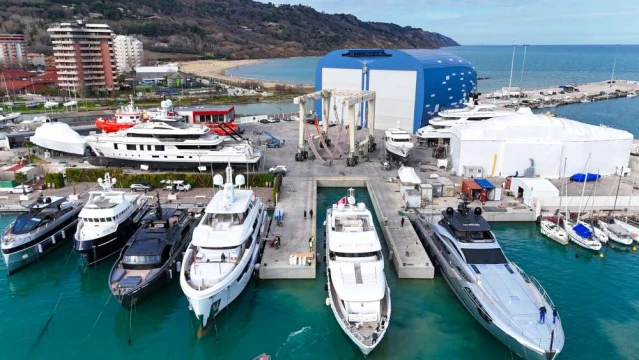
Cantiere Rossini, Pesaro
Postorino, Cantiere Rossini: Educating clients for faster, more efficient refits
PressMare met with Alfonso Postorino, Technical Director at Rossini Shipyard in Pesaro, during the latest edition of the Blue Design Summit to get an update on the health status of the Adriatic’s most prominent refit facility.
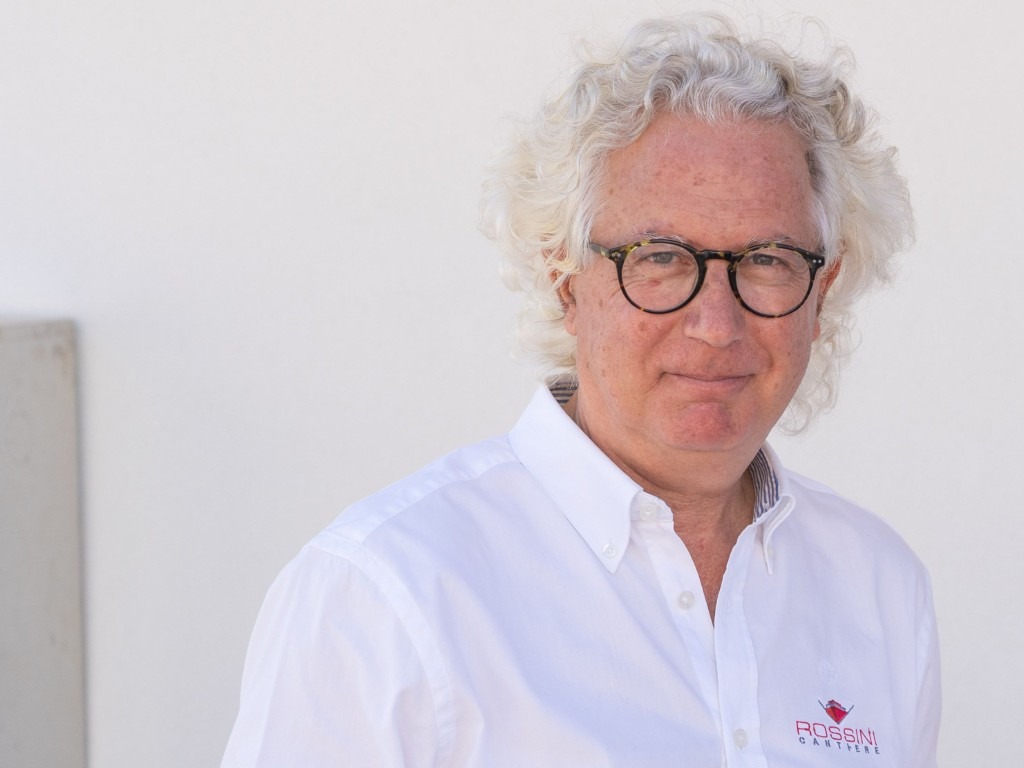
PressMare – The refit season is nearly over. Can we already draw an initial assessment for Rossini Shipyard? How did it go? How many projects did you handle? Are you satisfied?
Postorino – It’s almost over, but we don’t yet see the light at the end of the tunnel—which is actually a good thing. We've had yachts arrive just a few months ago after their Caribbean season, and more are still coming in for basic haul-outs or antifouling renewal. That means the yard is still full, both on land and at berth. From a numbers standpoint, it went well. What we need to improve moving forward is attracting clients with increasingly substantial work lists. Refit yard demand is under pressure, supply is under pressure, and demand is ever-growing. Unfortunately, many owners still treat refit yards like winter parking lots for their yachts. That’s no longer acceptable.
PM – So we need to change the client’s mindset and culture?
AP – Yachts should stay in the yard only as long as needed for the actual work, then free up space for others. We're working to educate clients, shorten their stay, and concentrate the same workload into a shorter timeframe. We can no longer afford to have idle boats in the yard.
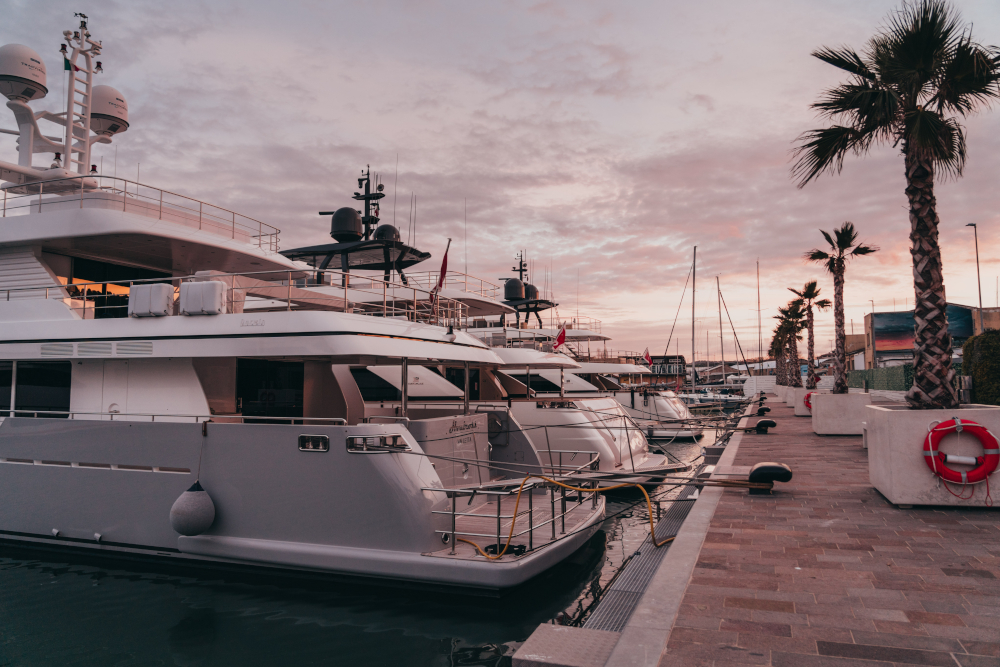
PM – What’s the average stay at Rossini Shipyard and how many yachts have you worked on this winter?
AP – We've worked on over 30 yachts. The stay varies a lot, from one to six months, so it's hard to average. It's less about duration and more about the type and scope of work. Another future focus must be reducing the impact of refit seasonality. I'm not sure how, but we must push owners to shorten yard time, and entice them to bring in their boats closer to the season. Few owners use their yacht for 3–4 months—most just use them in August. So why not come in June or July, or start refits in September? There’s no need to wait for November or December.
PM – Have you seen changes in your client base, for example in yacht type (motor or sail) or size? How is it evolving?
AP – Our yard is quite specific due to its location. We hardly see any sailing yachts, so they don’t count in our stats we mostly handle motor yachts. The clientele is younger and more detached. We rarely see owners in the yard.
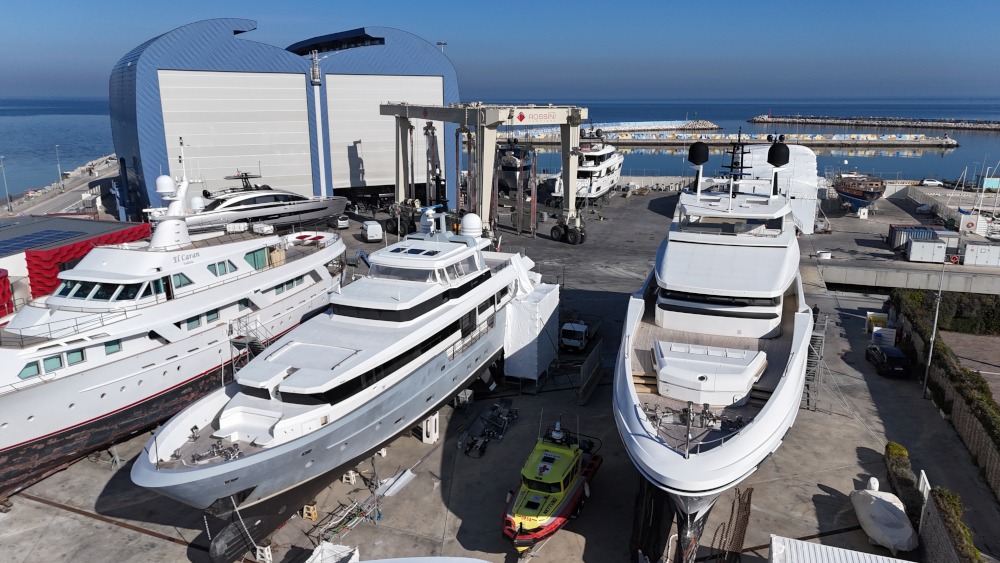
PM – So owners delegate entirely to captains or yacht managers? Is that good or bad?
AP – It’s good, actually. It gives us the advantage of dealing with professionals who understand refit and maintenance, and are aware of the shipyard’s needs.
PM – How is your relationship with the local area evolving, considering Pesaro isn’t historically a nautical hub? Your shipyard is still quite young.
AP – We've been incredibly lucky. We were welcomed with open arms from day one by the city council, which immediately recognized the value and impact our business would bring to the city. And this has proven true. Every year we host one or more open days—we're fully transparent. It's worth remembering that we’ve revitalized an abandoned industrial area: the Rossini Shipyard now sits on the former Pesaro shipyards, which had shut down nearly a decade earlier. The site was deteriorated, the warehouses were crumbling, full of scrap metal. We transformed all of this into a model shipyard, sustainable, iconic in design, and this has been widely acknowledged.

PM – Let’s talk about competition. At the Blue Design Summit there was mention of Croatian yards, geographically closest to you and improving fast. Do you mainly compete with Spanish and French yards, or are these new players from the East also a concern?
AP – Absolutely, Croatian yards are serious competitors—not just because of proximity, but because they have the space, infrastructure, and expertise for certain jobs, like mechanical work and metal carpentry. They're strong in these areas, thanks to Croatia’s shipbuilding tradition.
PM – But they’re still behind in other areas, like interior outfitting?
AP – Yes, in those aspects they’re not quite aligned with current market standards, and still have a lot to learn. When it comes to high-quality refits, we have the upper hand over the Croatians, but we compete with Italian and Spanish yards.
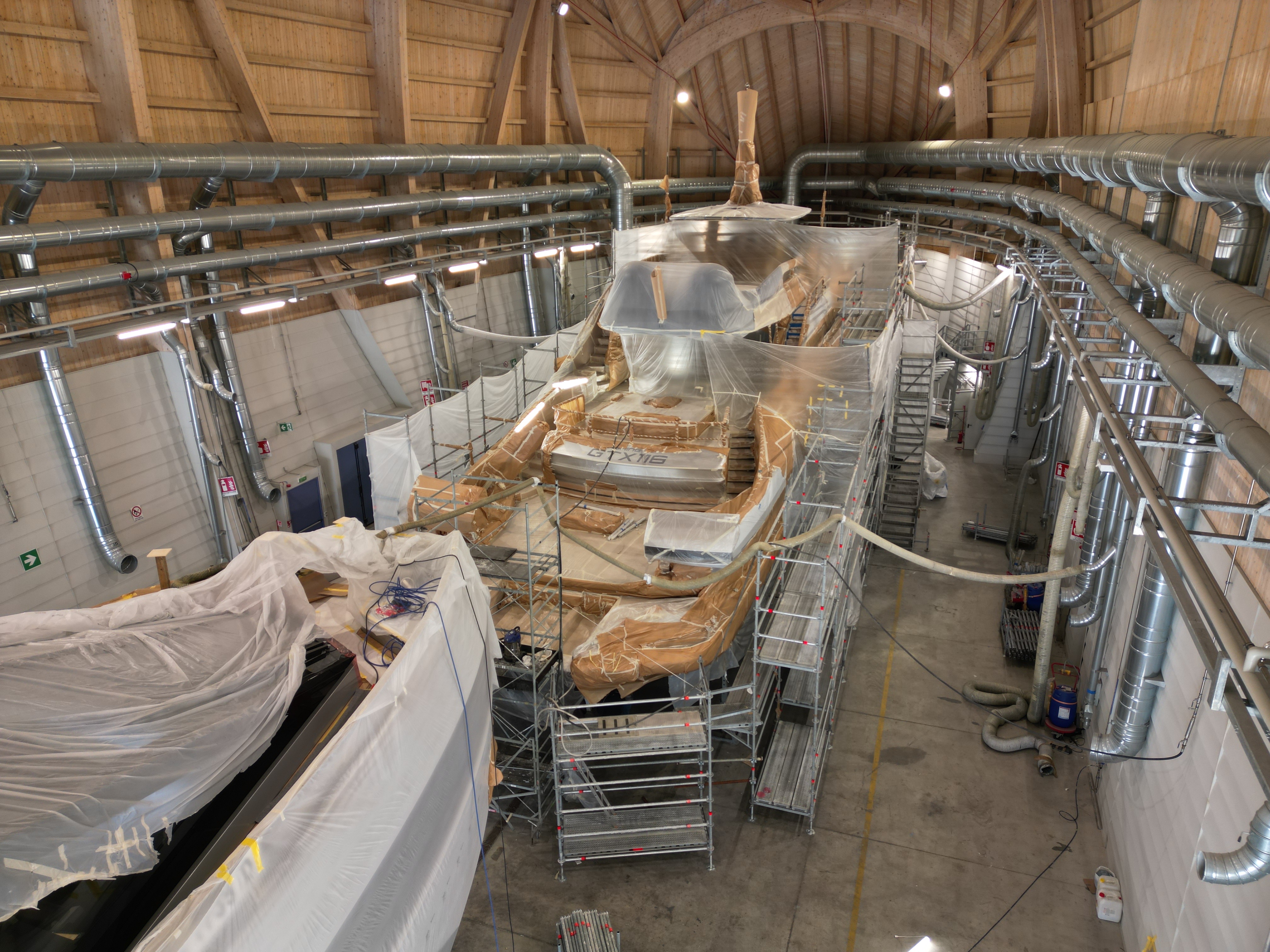
PM – From a pricing standpoint, are Italian, French, and Spanish yards aligned or are there significant differences?
AP – I believe we're all more or less aligned. There aren't major differences from one yard to another. What changes is the commercial approach, transparency in quoting, but if you look at the core refit cost items, they’re similar. Luckily, we don’t compete on price—we compete on quality, location, and trust. Reputation is everything.
PM – Any news coming up? What's in the pipeline at Rossini Shipyard?
AP – No big news in the short term. We’ve recently completed major investment in launching the shipyard and its infrastructure. Everything is new and running efficiently—no need for more big investments.
What I do wonder is whether clients actually perceive the investments we've made in sustainability and environmental impact reduction as added value. I wonder if other yards pay as much attention to these matters. We're ISO 10001 and ISO 141001 certified, have just obtained gender equality certification, completed a carbon footprint assessment, and this year will publish our third ESG sustainability report. I wonder how many yards, even prestigious ones, have followed such a path.
Riccardo Masnata
©PressMare - All rights reserved





